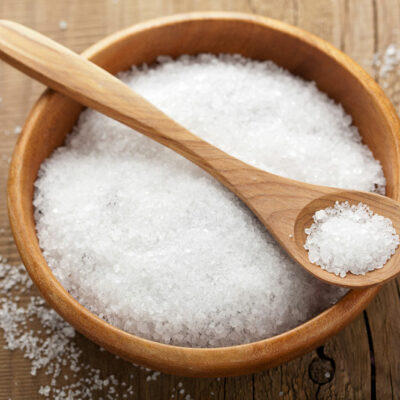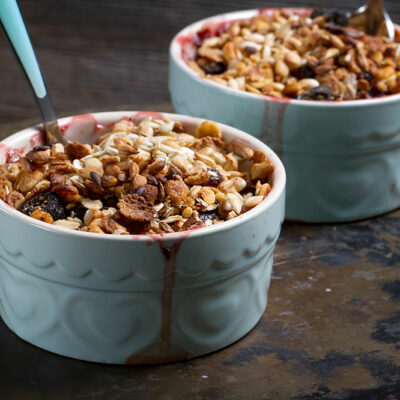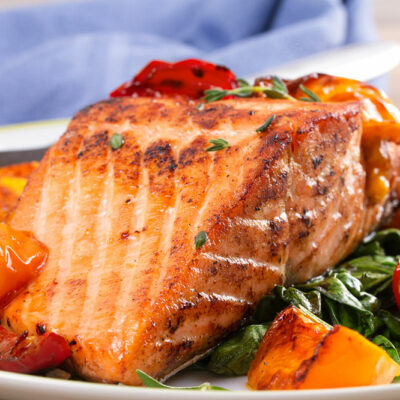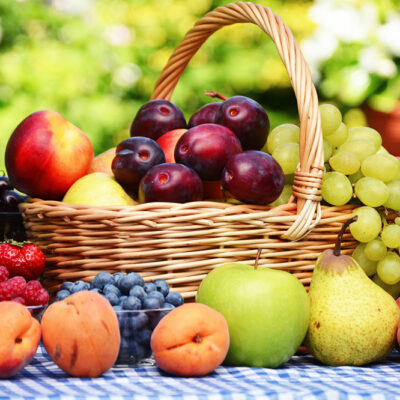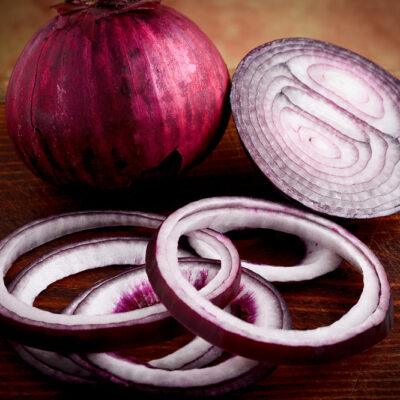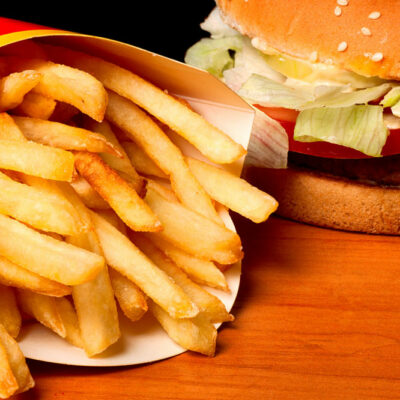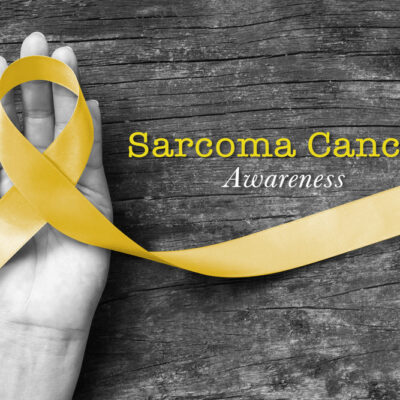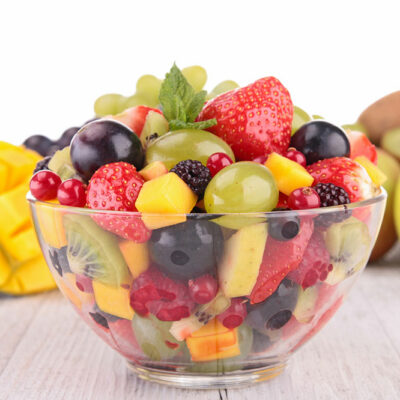
Food
4 Foods to Eat for IBS
People with IBS are often recommended to increase the fiber content in their diet. According to the American Diabetic Association, women must eat 25 grams, and men must include 38 grams of fiber to their diet to manage IBS. So, here are some high fiber snacks for IBS that you can include in your diet and better manage the condition. 1. Whole grain cereals with seeds and nuts Before you add whole grains to your diet, make sure that you are not allergic to gluten. If you are not sure about that, you must stop gluten consumption for three weeks and start using alternative whole grains such as quinoa, flax, rice, and potato. In every whole grain serving, your body can get four grams of fiber. High fiber snacks for IBS patients can include: whole grain bread – 1-2 slices, brown rice – 1 cup, ground flaxseed – 1 ½ or 2 tbsp, and triscuits that have reduced fats – 9. 2. Parfait with bran cereal and yogurt To make this high-fiber parfait, you will need the following ingredients: One cup of berry or strawberry yogurt. You can add a light or low-fat version, depending on your preference, one cup of strawberries sliced, and one cup raisin bran cereal.
Read More 